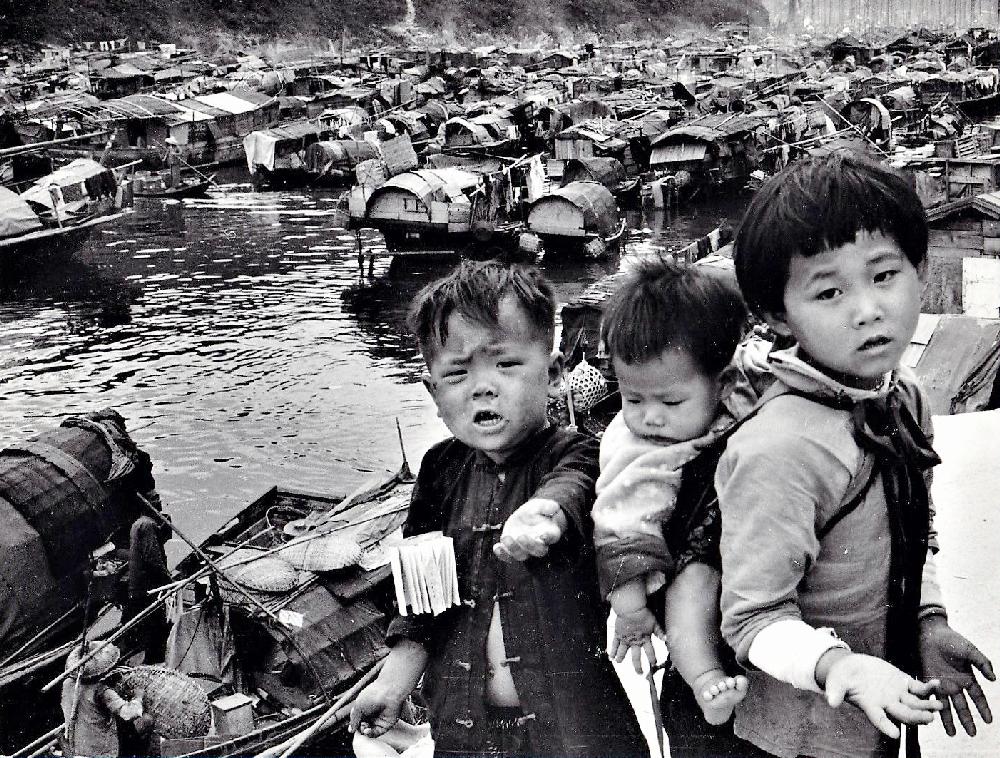
Figure 1.--Some 2 milliom refugees from Chinese Communism made it to Hong Kong in waves. There was so liitle room for the refugees that many lived on boats. Many more than 2 million refugees tried to get into the colony, but did not make it. |

|
The Chinese Civil War went on for three decaedes, interpersed with the Japanese invasion n seconf Sino Japanese War (1937-45). The War caused millions of casualties and displaced millions of refugees. Most of the refugees during th 1930s-40s were fleeing the Japnese. This chnged with the Communist victory in the Civil War. The Chinese Communists defeated the Nationalist armies (1948) and founded the People's Republic of China. Few Chinese people understood what Communism was or what it meant for their and their country's future. Those associated with the Nationalist regime had a fairly good idea what it meant for them and those that could left for whee Chiang and th Nationlists made a successful stand. Chiang along with some 0.5 million Nationalist soldiers and 2 million civilian refugees was what was left of the Republic of China. Onece the Chinse Communists seized port cities along the Taiwan Srraits, futher refugee vflow of any importance ended. This mean that refugees of the Communist regime had no where to go. The Soviets to the north did not acccept regfugees and geographic barriers (mountains and deserts) blocked refugees. Geographic barriers along with historic emnities and war blocked refugee flows south. The refugee flow, however did mot end with the Civil War. As on the Soviet Union, the inherent weakness of socialist economics along with Mao's incomprtence created refugee flow. The one outlet was Hong Kong. The problem was that Hong Kong was a tiny British Crown Colony along the southern coast near Canton which could accomodate only a fraction of the Chinese peole seeking to flee the abject poverty that came with Communism. They refugees came in waves. The largest wave came with the disaster of Mao's Great Leap Forward which created the most deadly famine in Chinese history. Millions starved. And the only outlet from the uffering was tiny Hong Kong. Vast numbers of mainland refugees fled across the Shenzhen (a small fishing village) border to seek better lives in Hong Kong. As one author tells us, "Neither East Germans climbing the Berlin Wall nor the tens of thousands of North Koreans crossing the Yalu River to the Chinese city of Dandong could compare to the exodus from the mainland to Hong Kong. It’s an epic account of the fate of communists seeking a better life in a capitalist harbour, at a cost of life and blood." [Bingan] Some 2 million people goy into Hong Kong, mostly illeglly. The nu,br of people who dies along the way or were teturned to the Chinese Communists we are unsure.
Bingan, Chen. The Great Exodus to Hong Kong (2013).
Related Chronolgy Pages in the Boys' Historical Web Site
[The 1880s]
[The 1890s]
[The 1900s]
[The 1910s]
[The 1920s]
[The 1930s]
[The 1940s]
[The 1950s]
[The 1960s]
[The 1970s]
[The 1980s]
[The 1990s]
[The 2000s]
Navigate the Children in History Website
[Return to the Main Cold War refugee page]
[Return to the Main PRC page]
[Return to the Main Chinese 20th history century page]
[Return to the Main Chinese history page]
[Return to the Main famine page]
[About Us]
[Introduction]
[Animals]
[Biographies]
[Chronology]
[Climatology]
[Clothing]
[Disease and Health]
[Economics]
[Ethnicity]
[Geography]
[History]
[Human Nature]
[Law]
[Nationalism]
[Presidents]
[Religion]
[Royalty]
[Science]
[Social Class]
[Bibliographies]
[Contributions]
[FAQs]
[Glossaries]
[Images]
[Links]
[Registration]
[Tools]
[Children in History Home]
